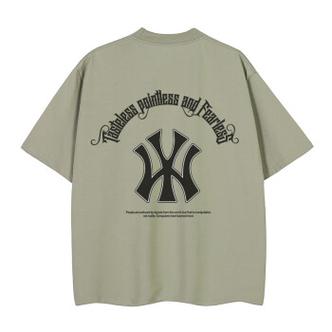Chinese traditional clothing production techniques have rich technological processes, which mainly include the following links:
1. Design:
– Design draft drawing: The designer draws the design draft according to the requirements of the shape, style and structure of the clothing.
– Select patterns: Select appropriate patterns for application based on the specific cultural background represented by the clothing.
2. Cutting and Tailoring:
– Select fabric: According to the requirements of the design draft, select the appropriate fabric , such as silk, cotton, etc.
– Paper pattern production: Convert the design draft into actual paper patterns, including the shape and size of each part.
– Cutting fabric: Cut the selected fabric according to the paper pattern to obtain the shape of each garment component.
– Sewing and decoration: Sewing different clothing parts and decoration, such as hand embroidery, woven buttons, etc.
3. Joining and Stitching:
– Splicing parts: According to the design requirements, the cut parts The parts are joined together to form a complete garment.
– Sewing processing: Use different sewing techniques, such as manual stitching, machine sewing, etc., to assemble and fix clothing.
4. Accessories and Embellishments:
– Hand embroidery: add uniqueness to clothing through delicate embroidery techniques patterns and patterns.
– Woven buttons and buttons: Traditional techniques are used to make woven buttons or buttons and are sewn or fixed.
– Trimming and trimming: Use ribbons, colored ropes and other materials for trimming and decoration to increase the gorgeousness of the clothing.
– Ribbon decoration: using traditional weaving techniques to make various exquisite ribbons as clothing decoration.
5. Finishing and Pressing:
– Hang the garments: hang the sewn garments Shaping the shape to make it meet the requirements of the design draft.
– Ironing and finishing: Use tools such as irons to organize clothing to make it smooth and shiny.
The above is the general process of making traditional Chinese clothing. There may be differences in different regions and types of clothing, but generally they pay attention to details and tradition. The use of craftsmanship to show the unique charm and historical and cultural value of Chinese traditional clothing.





